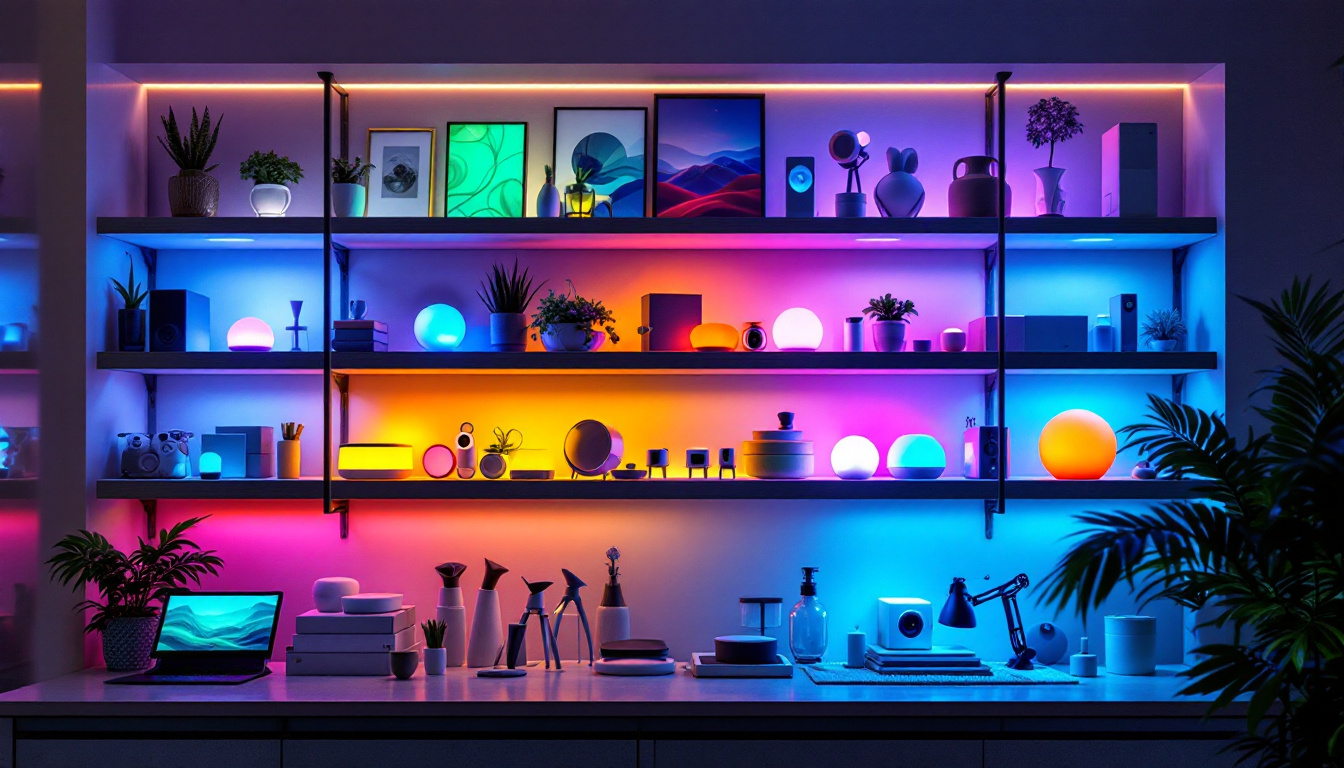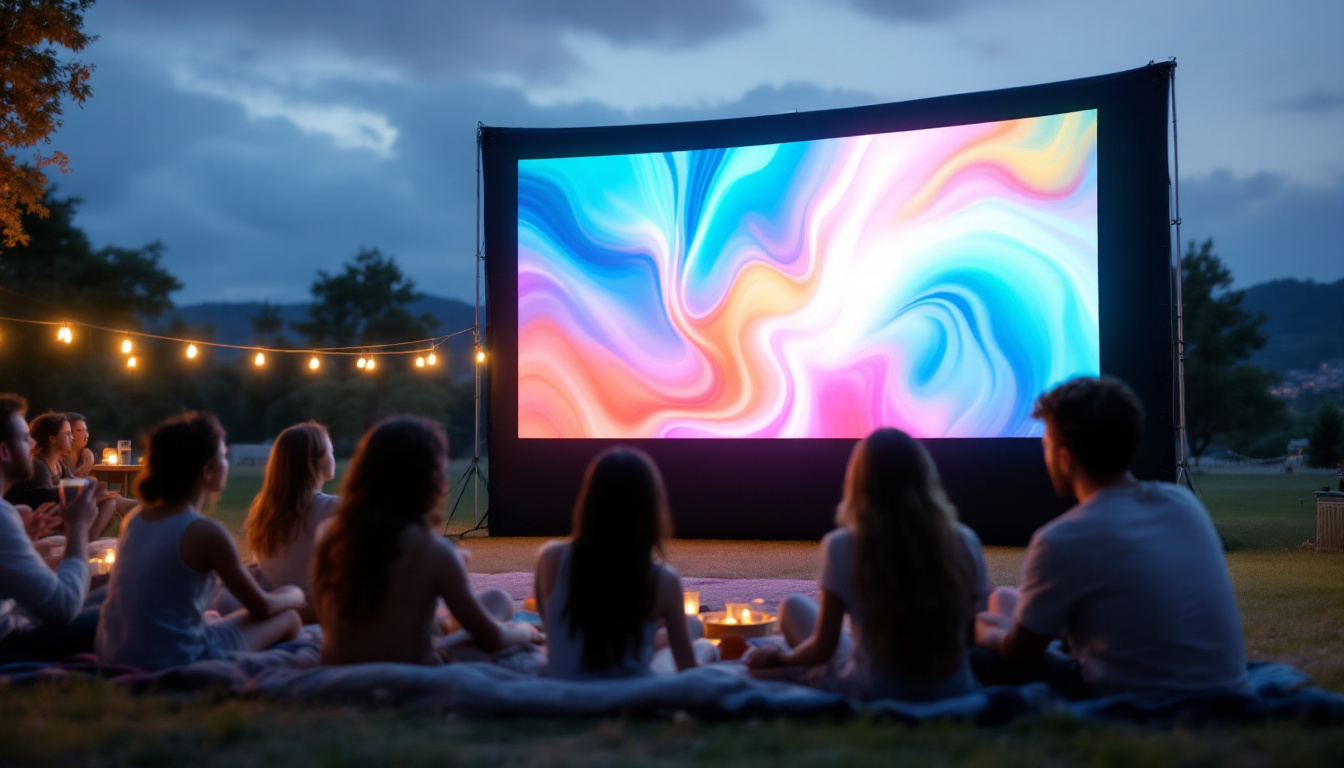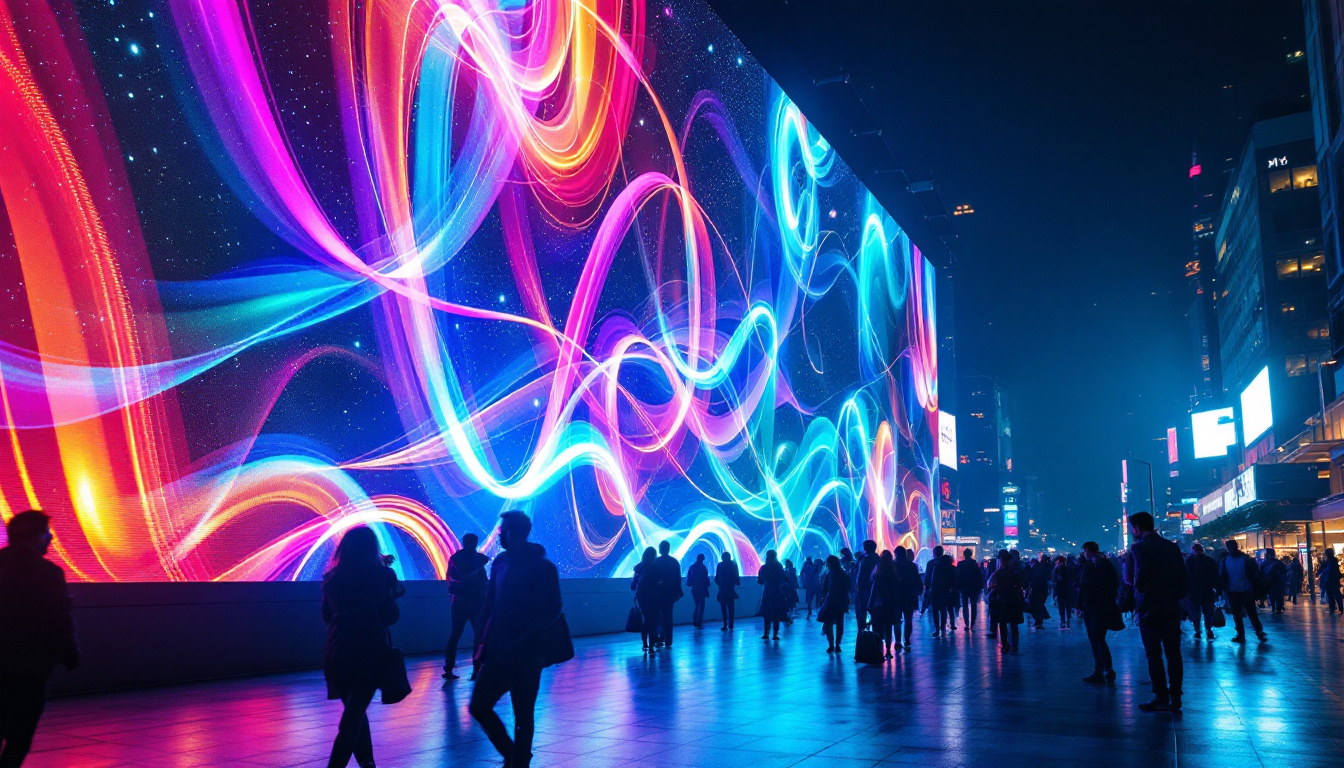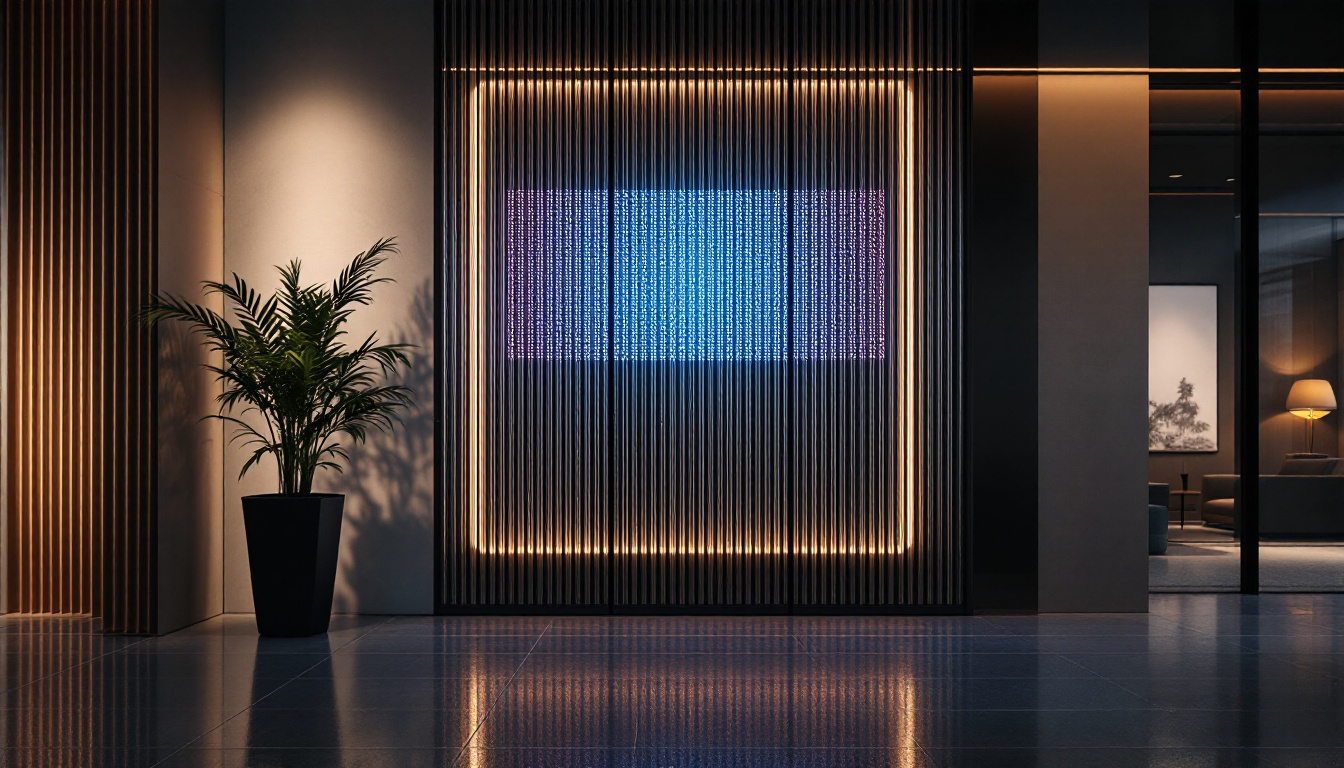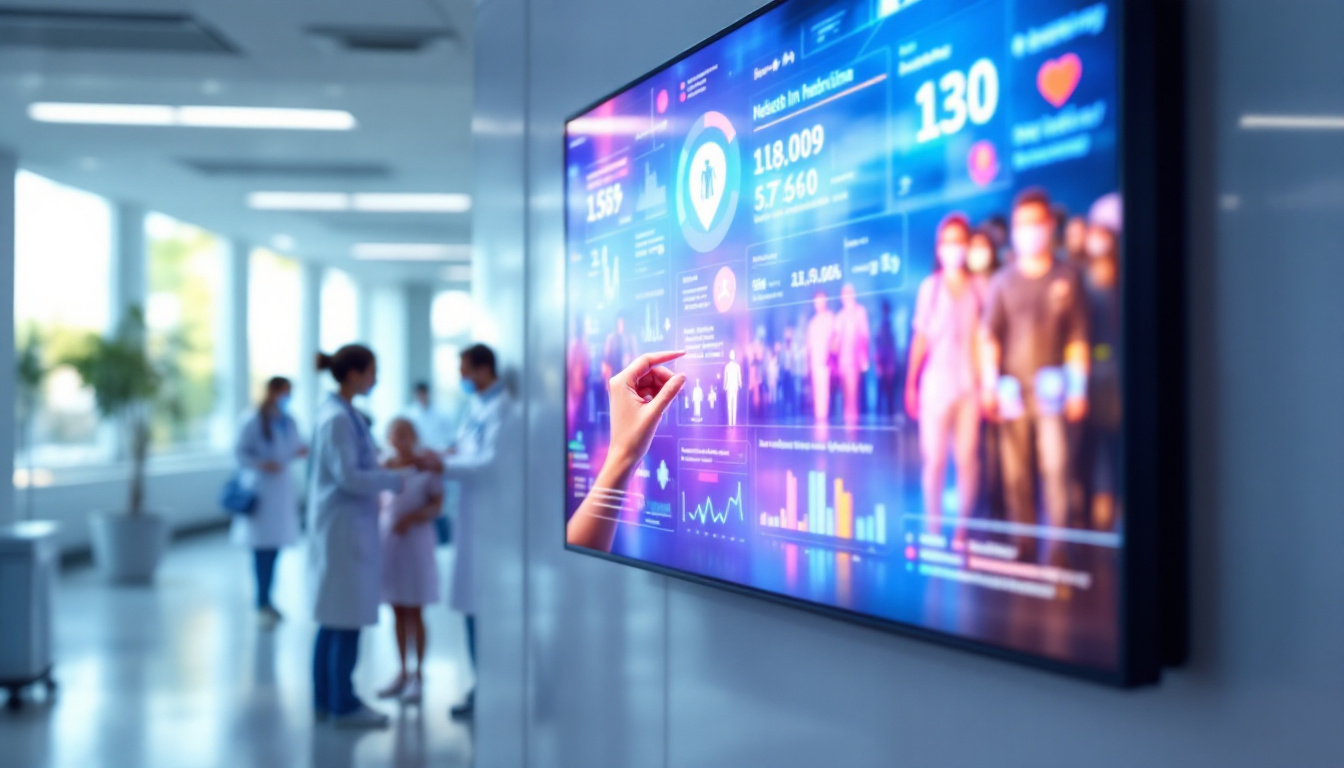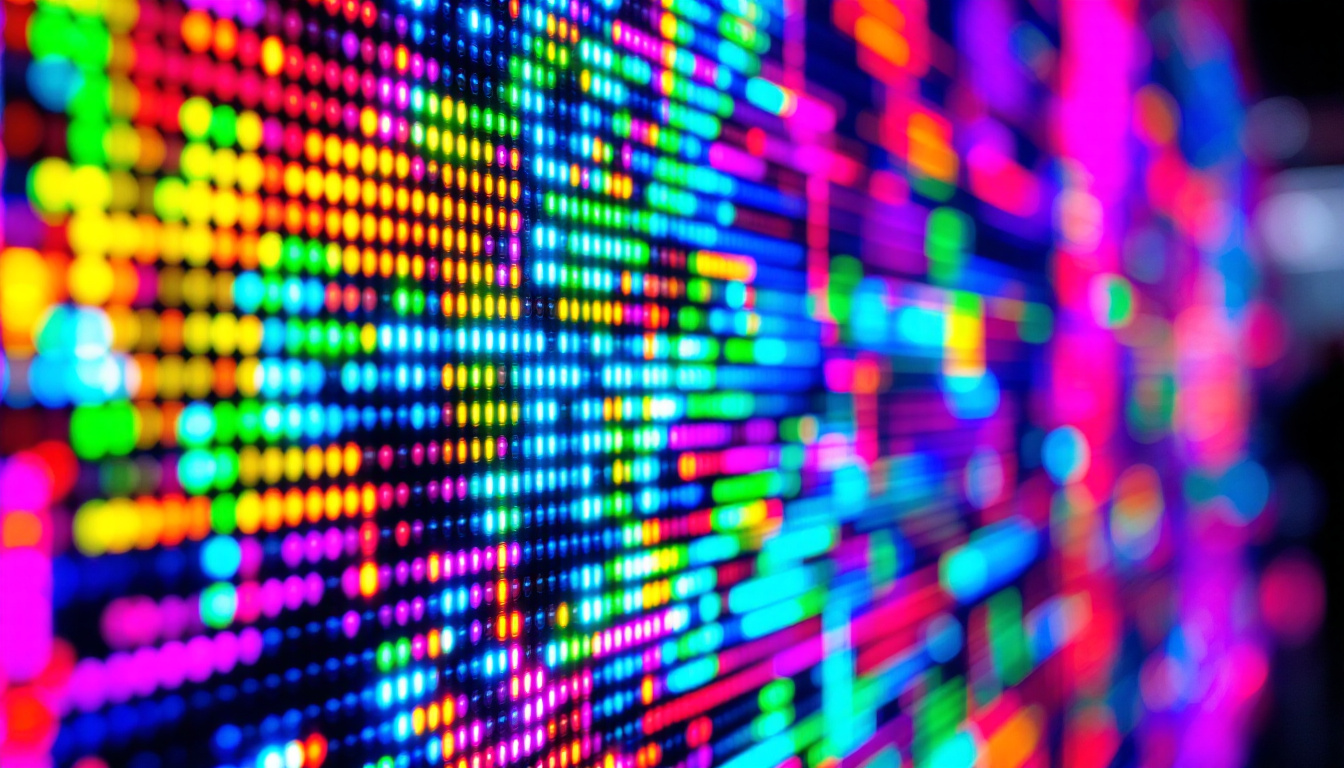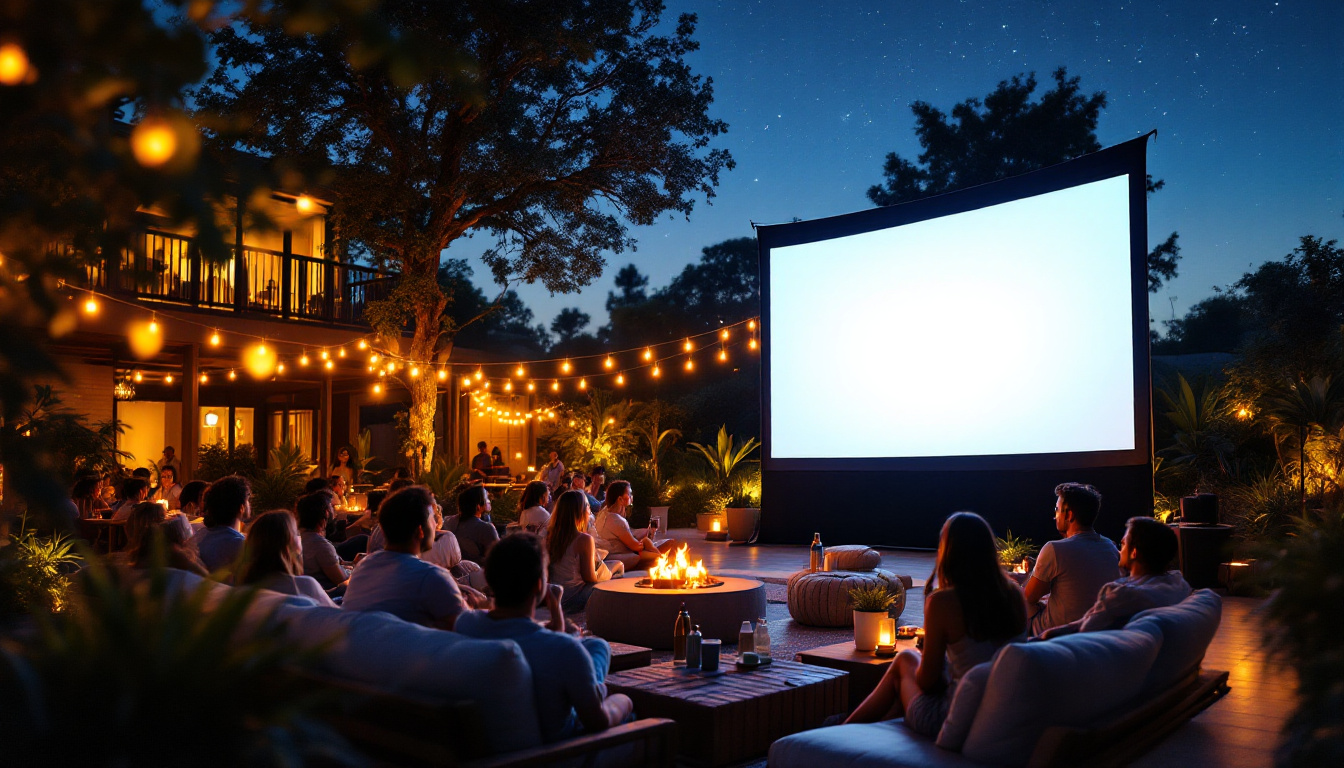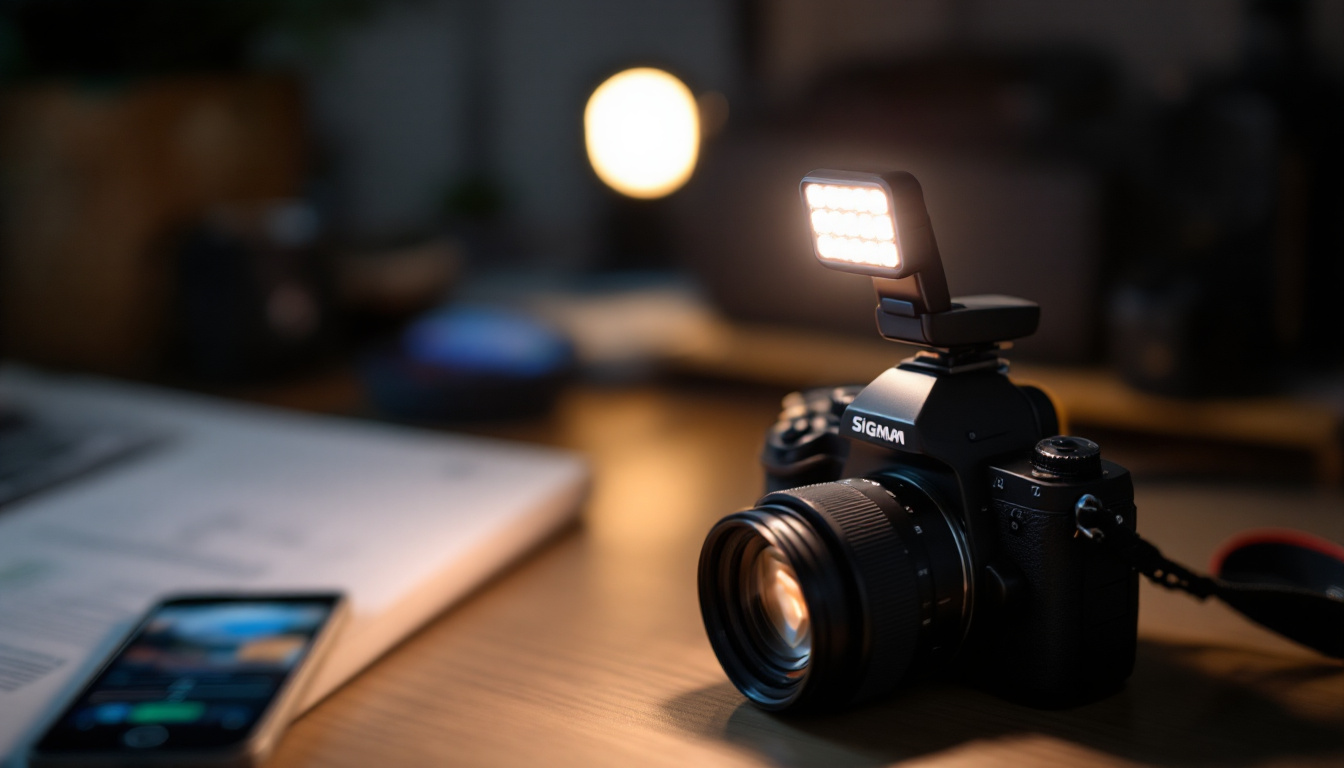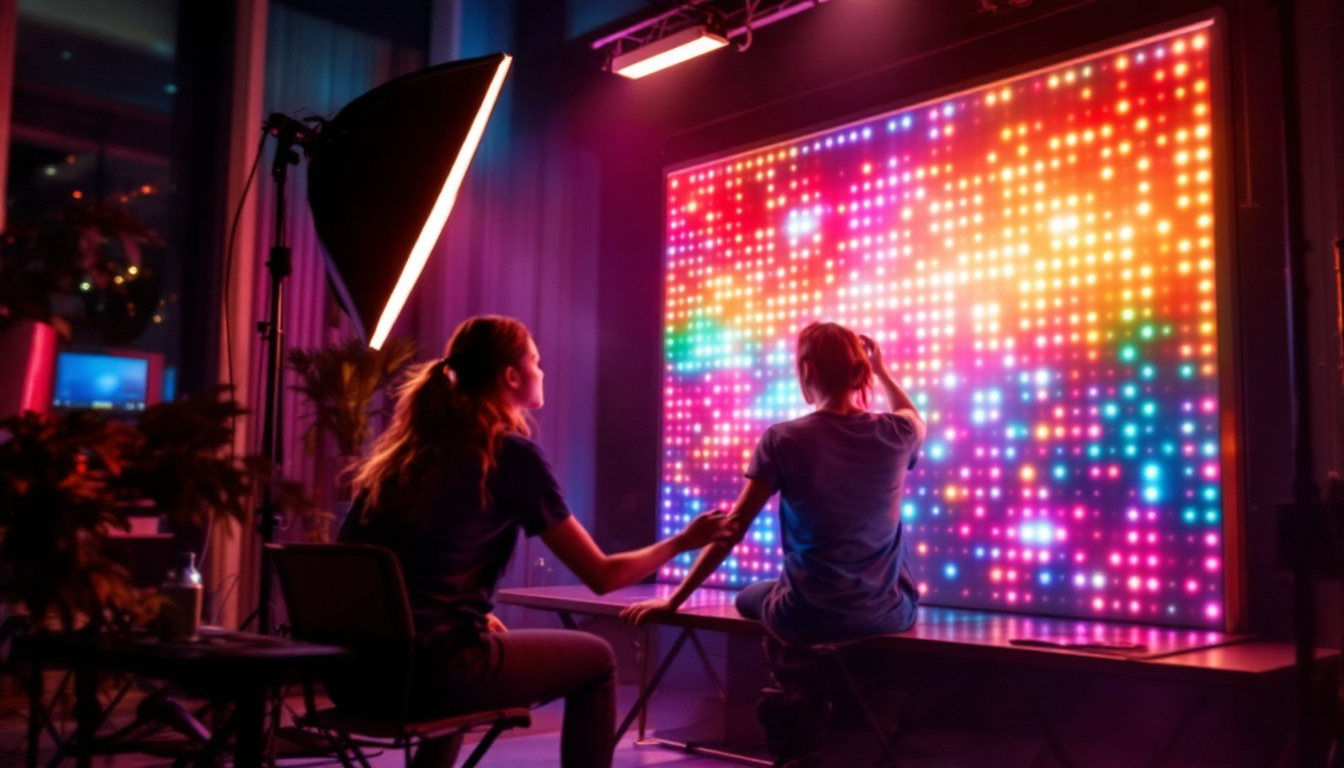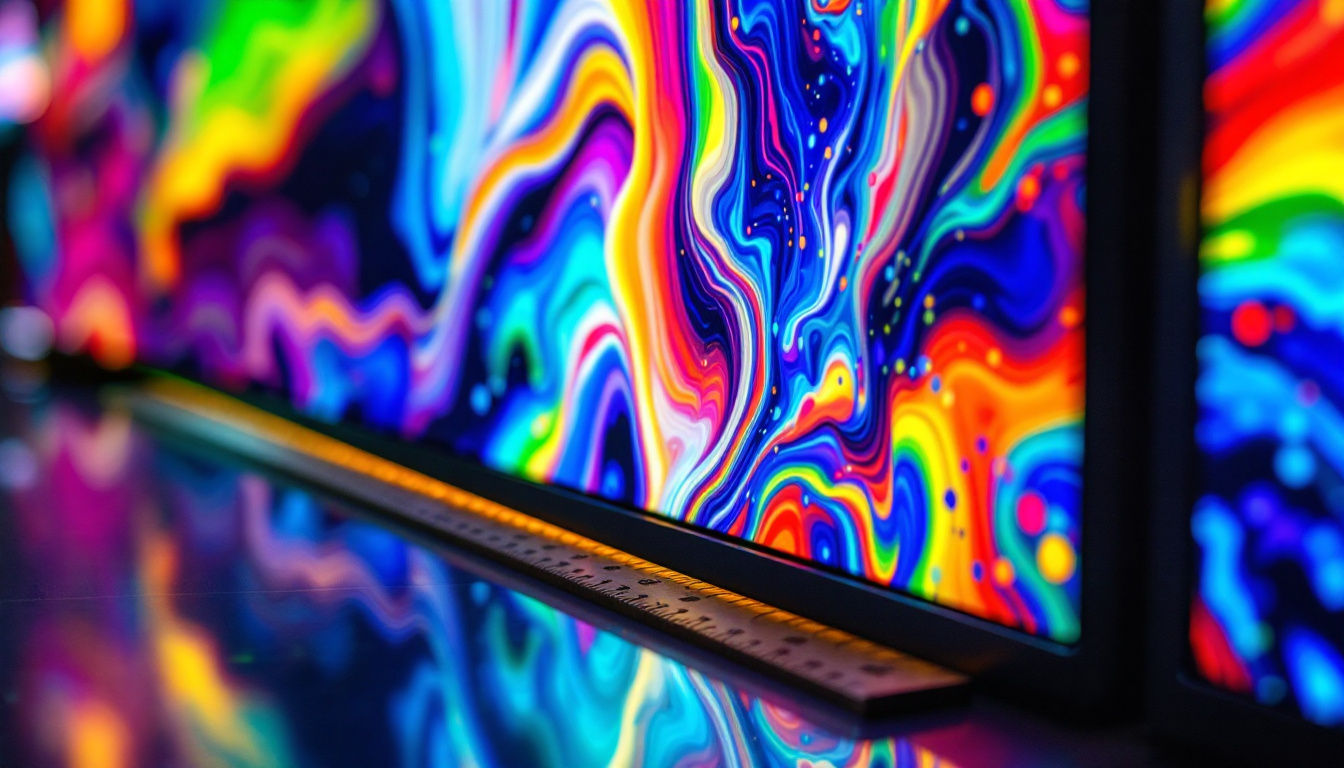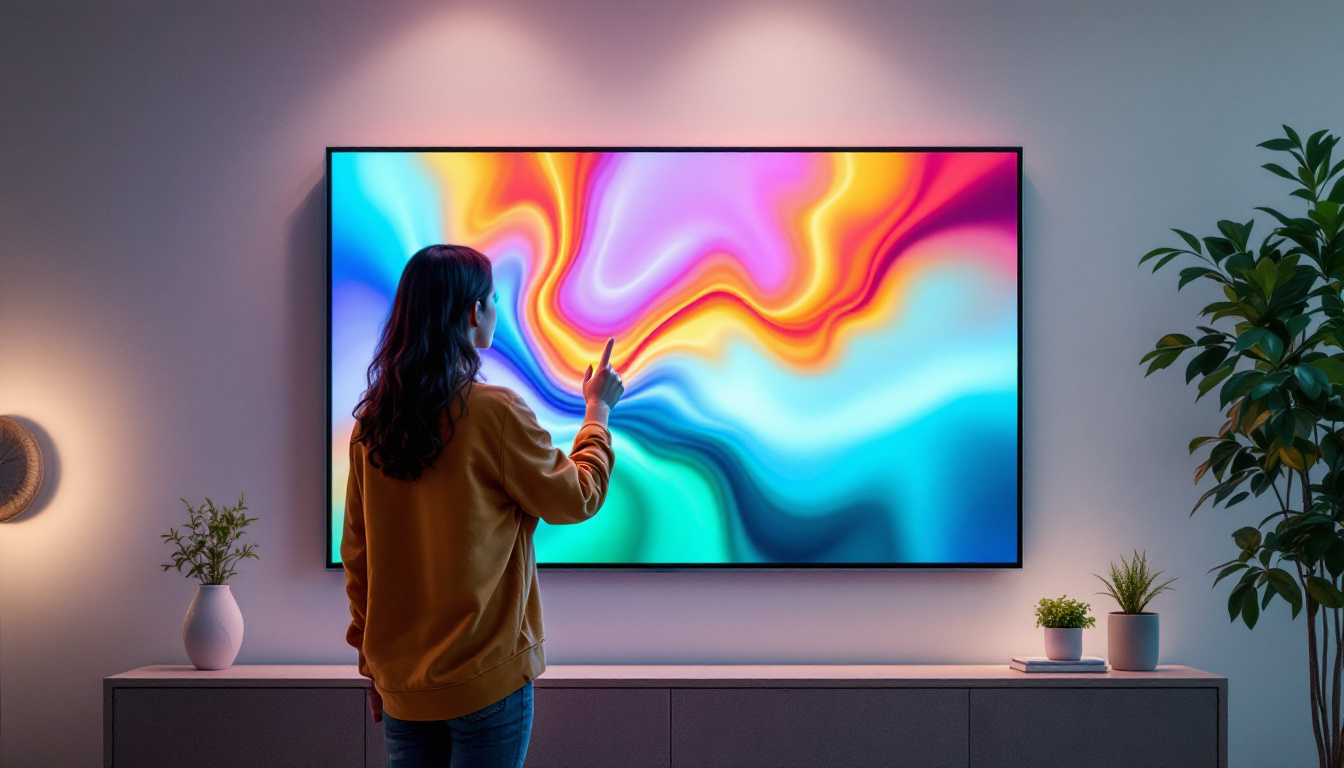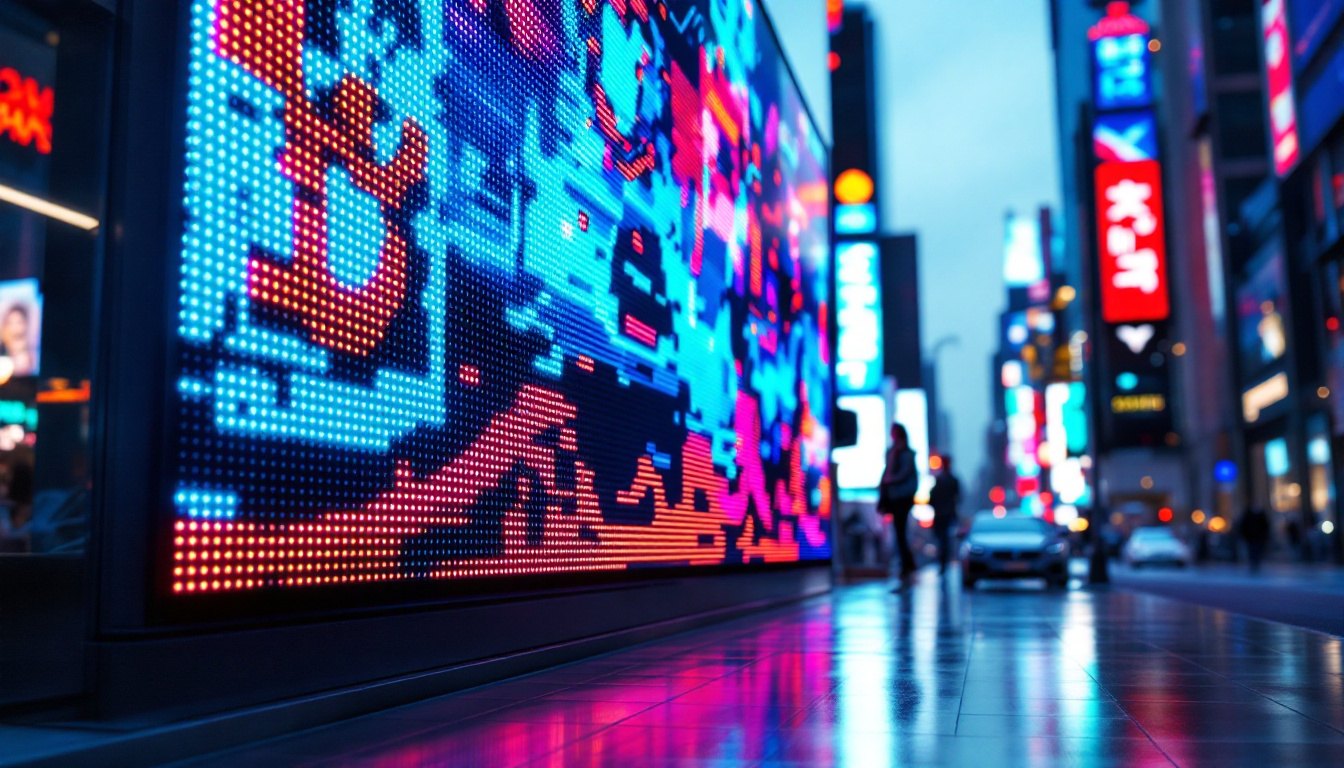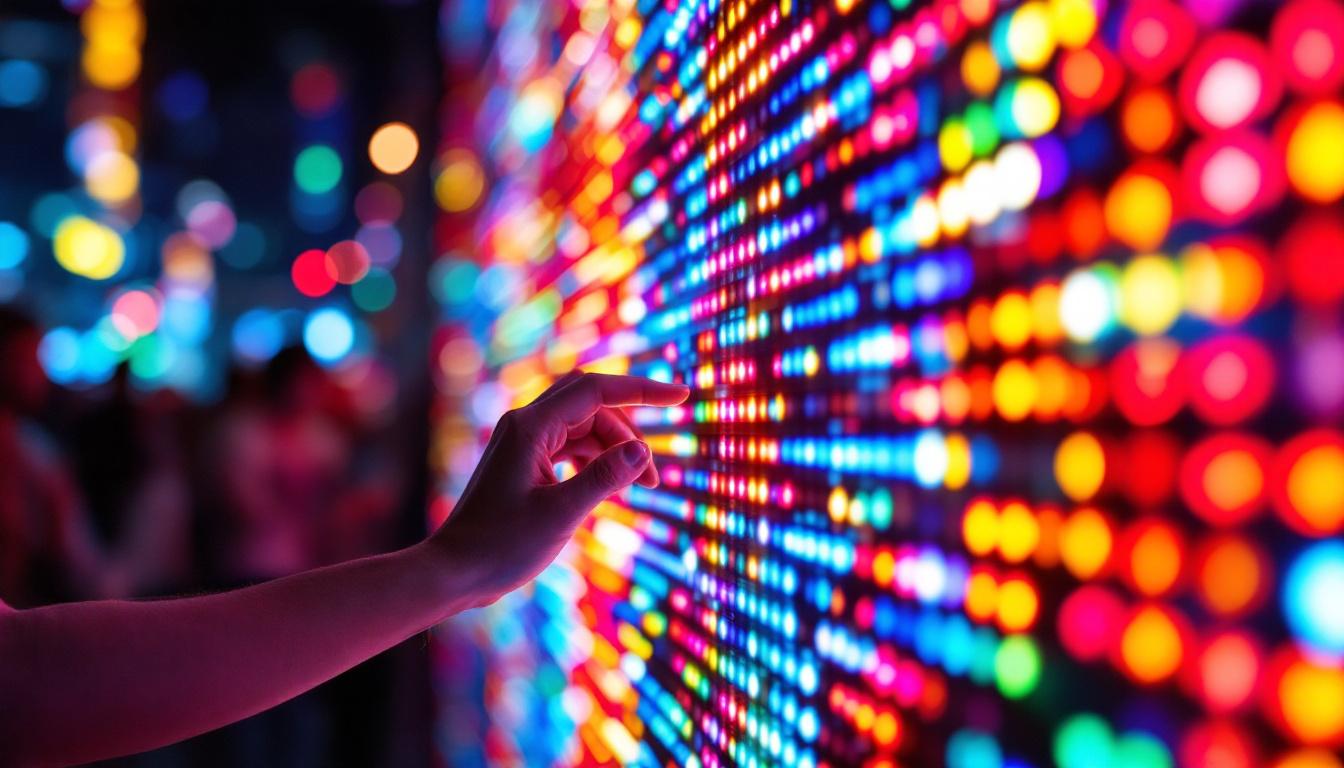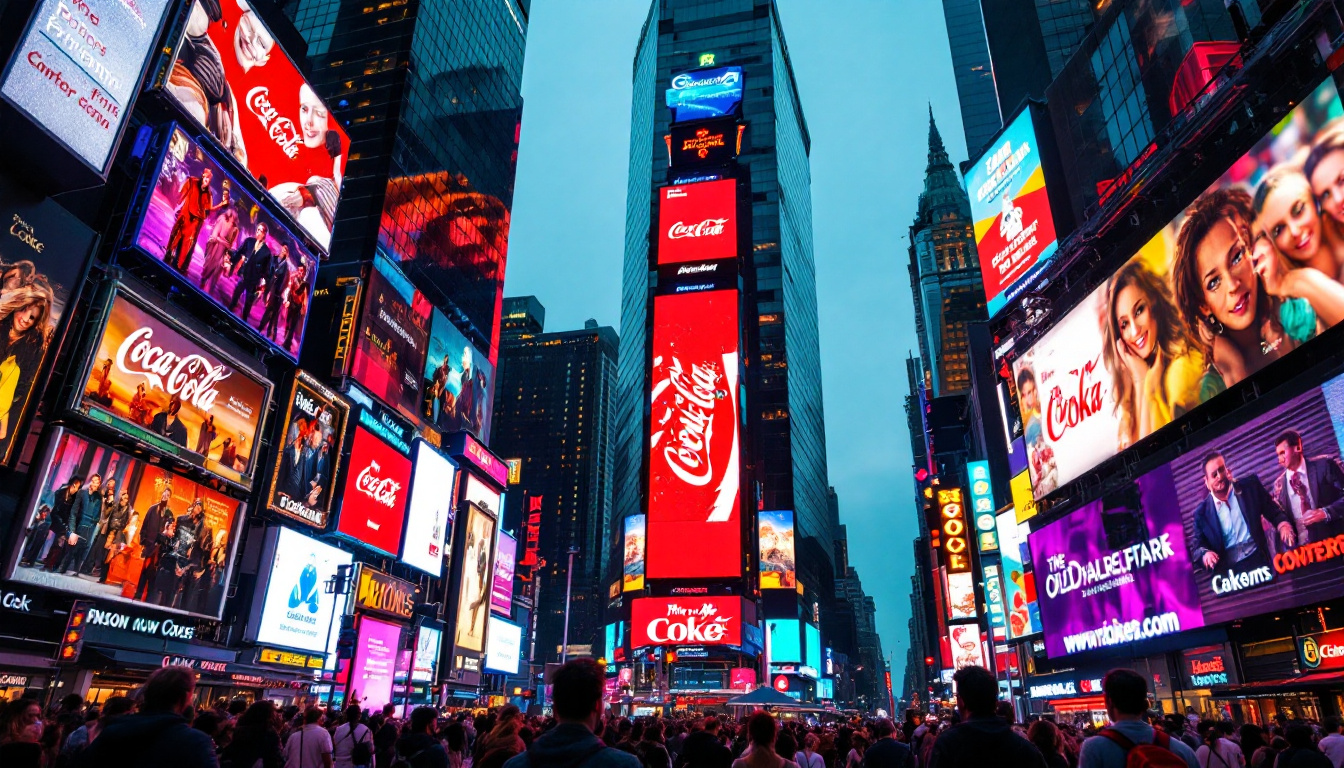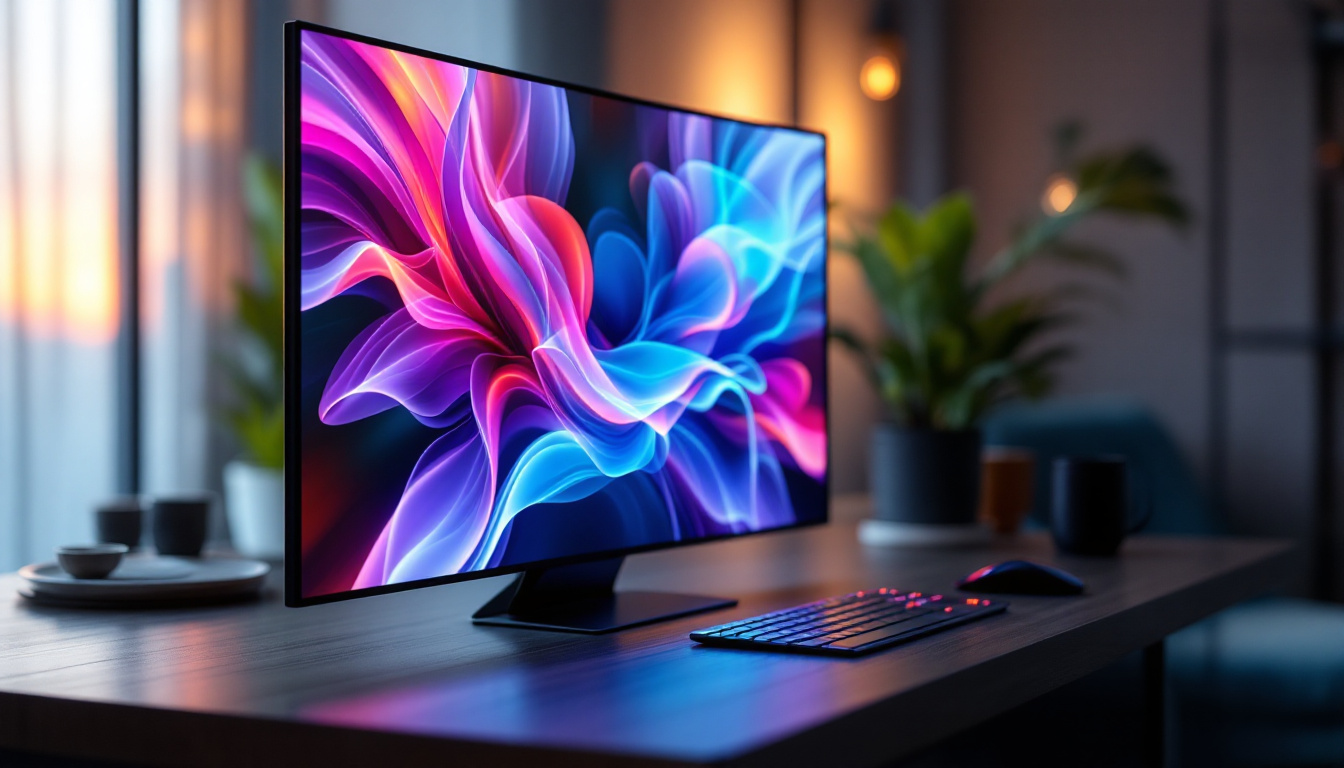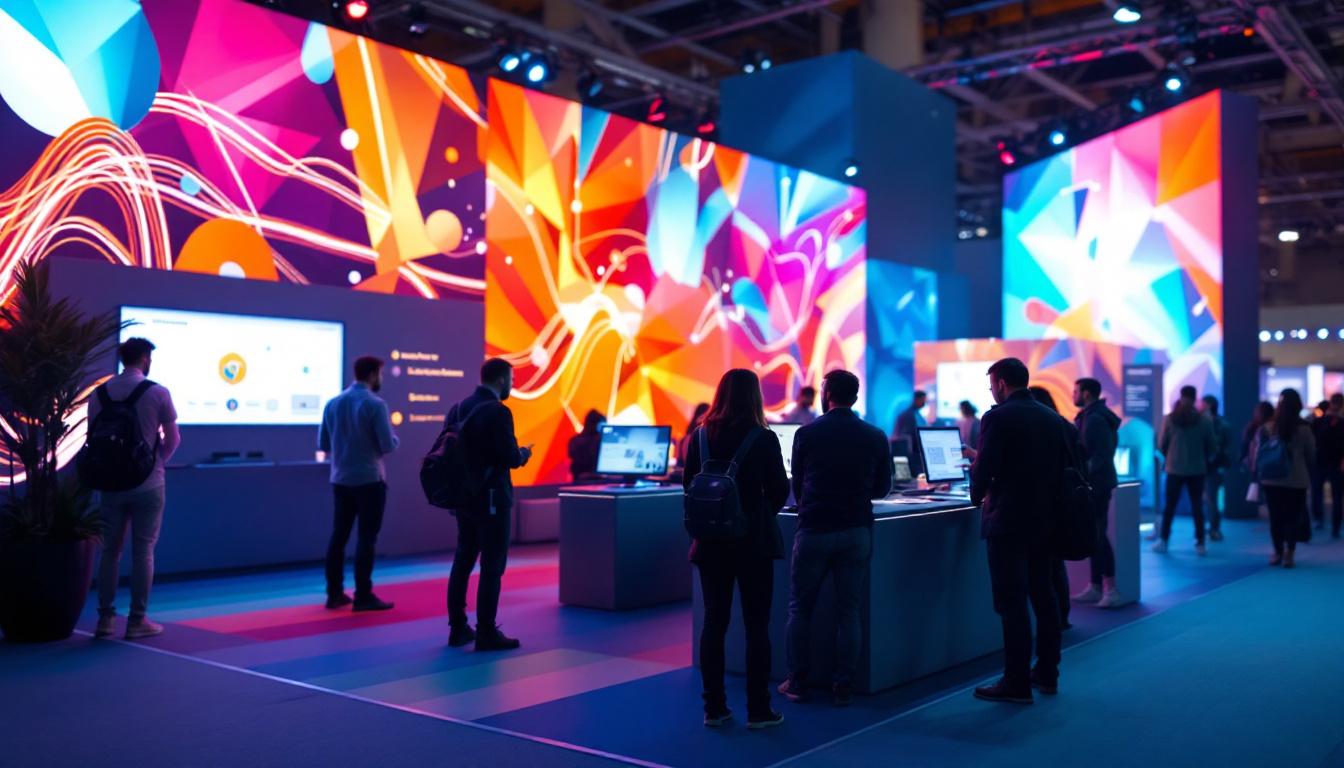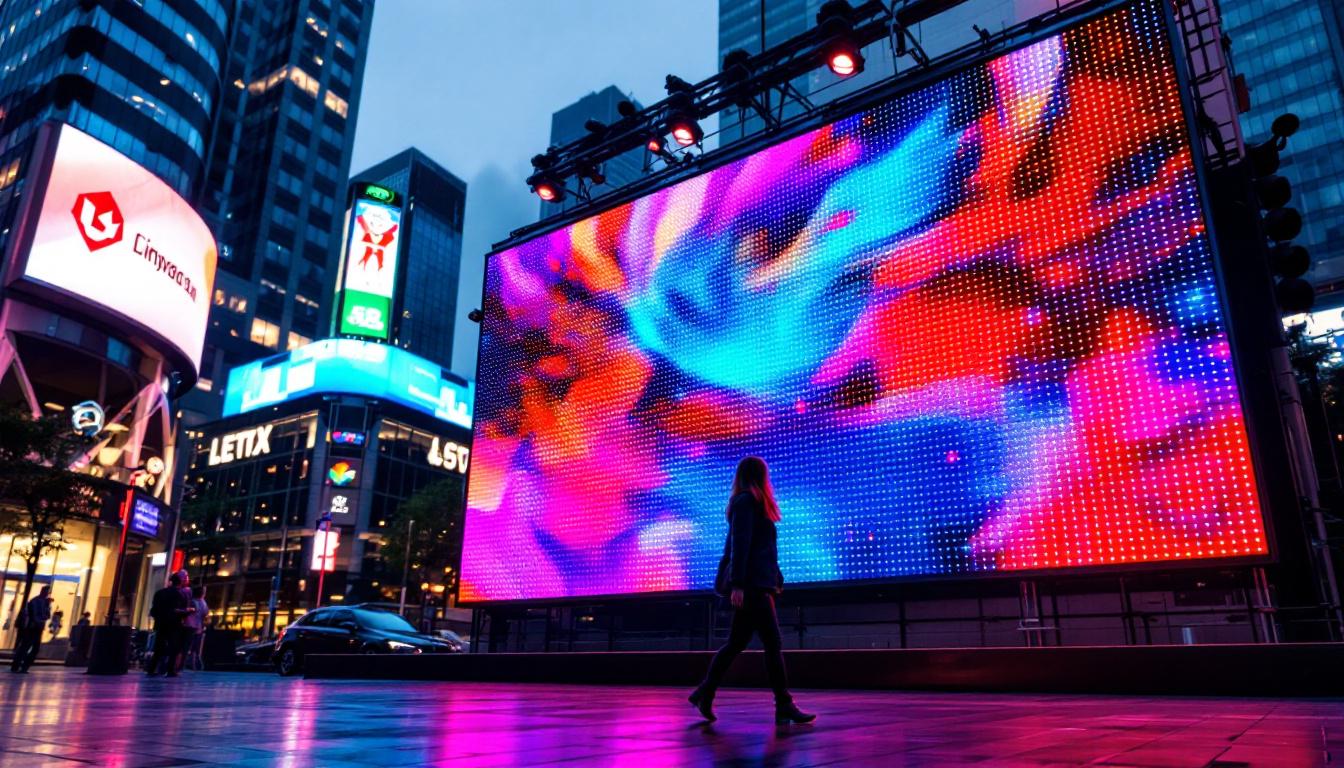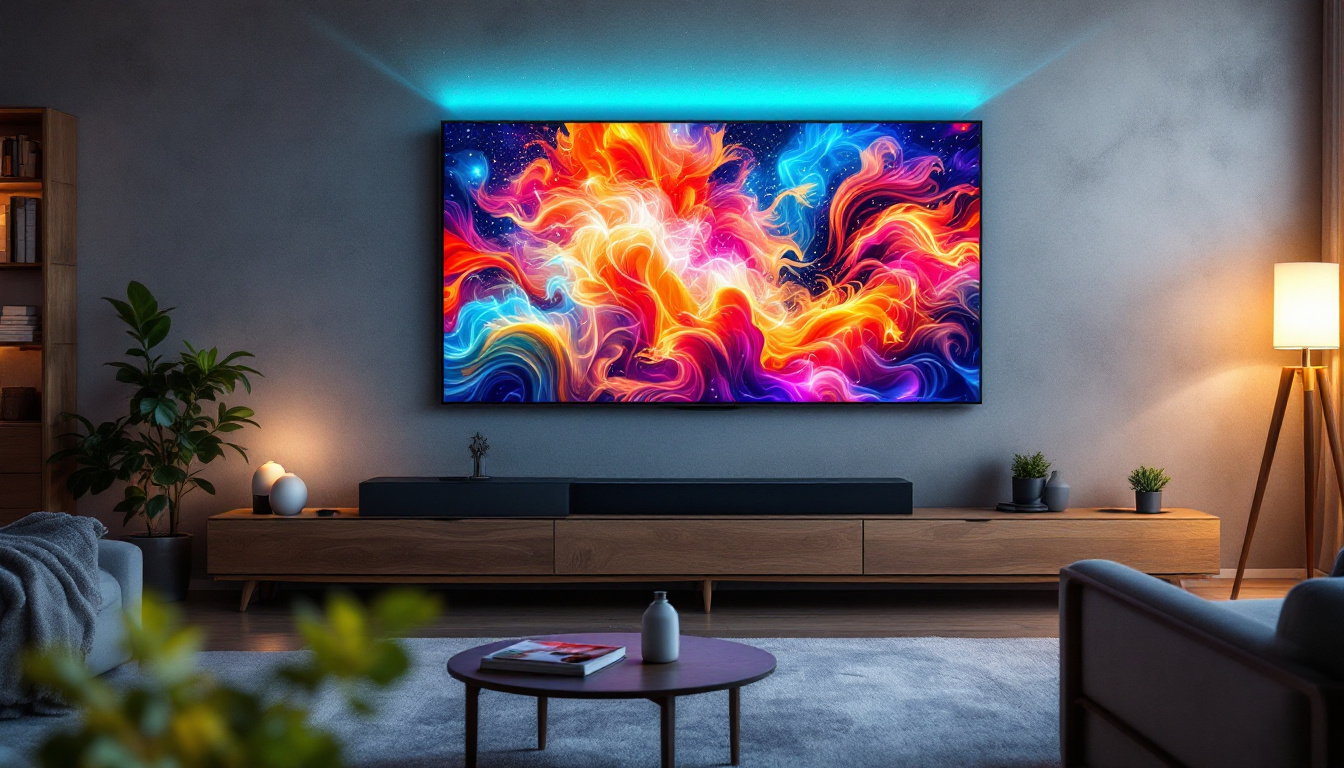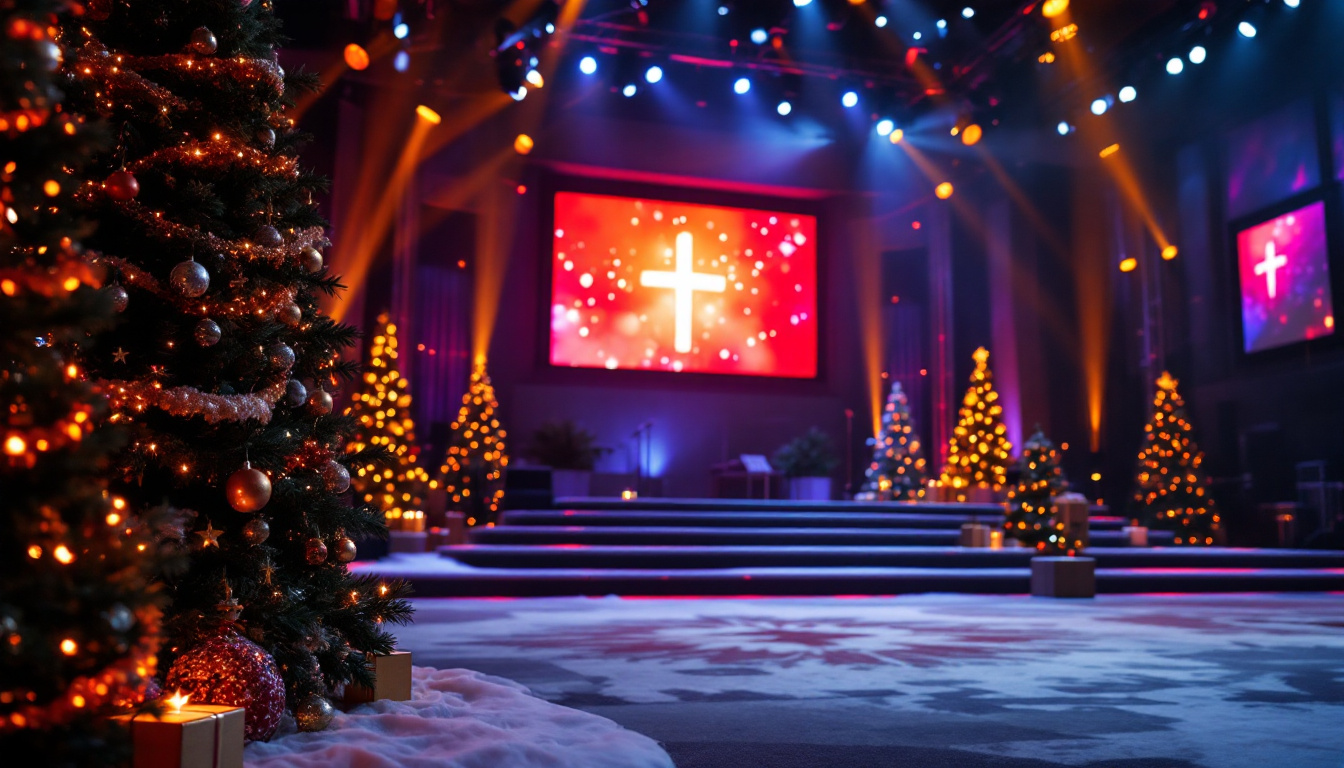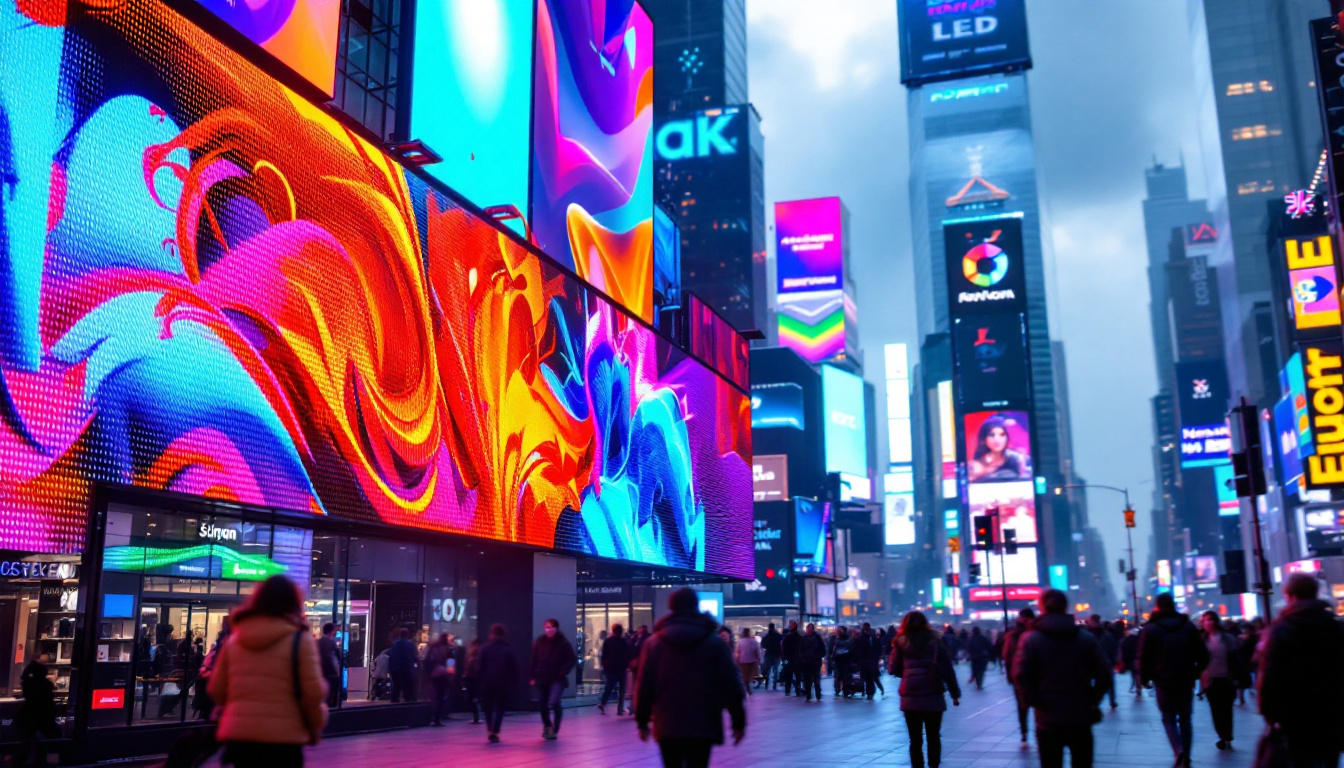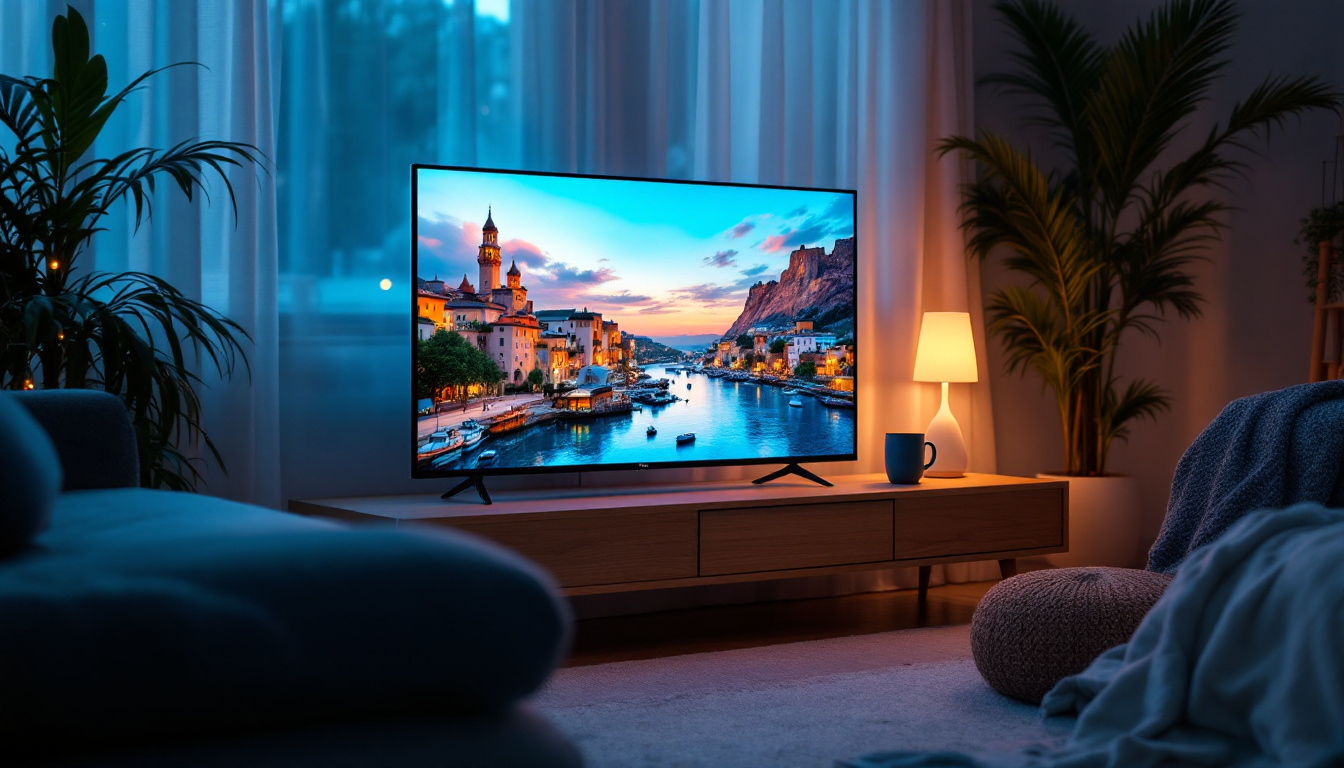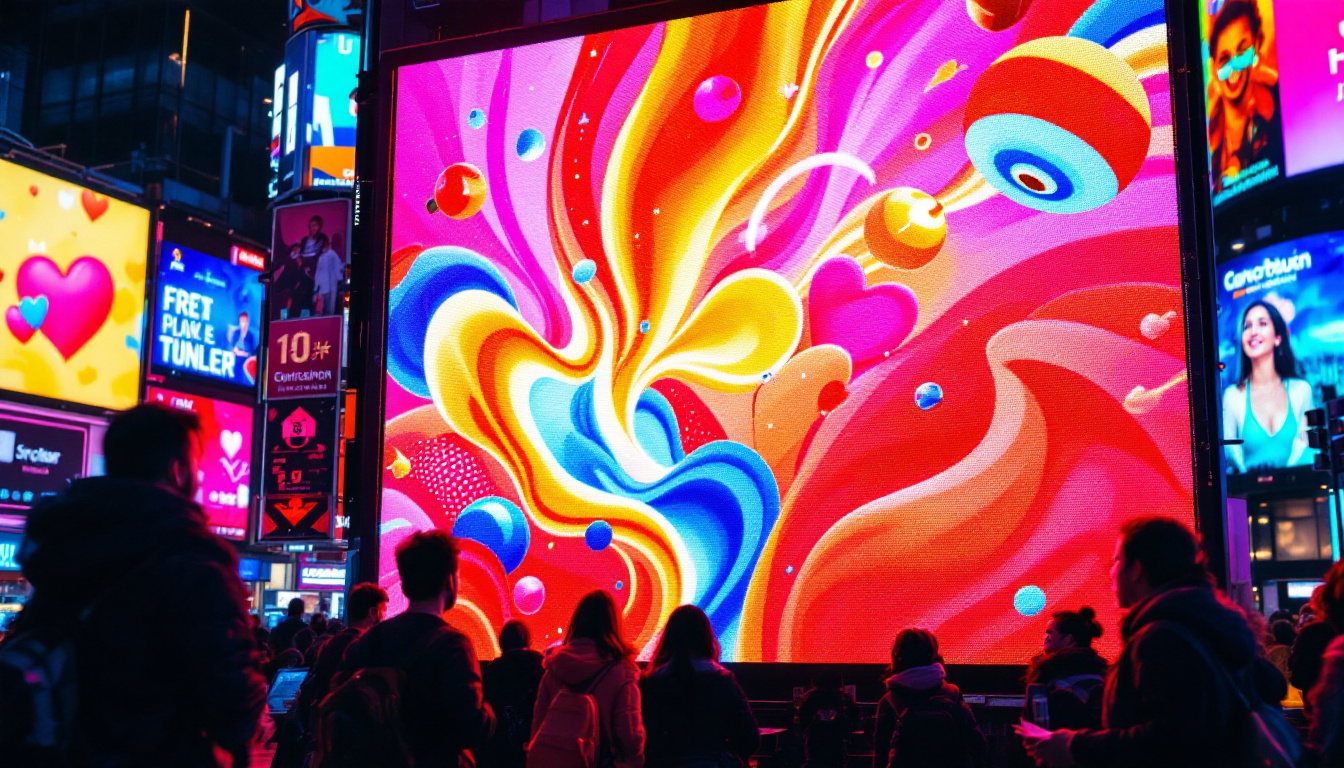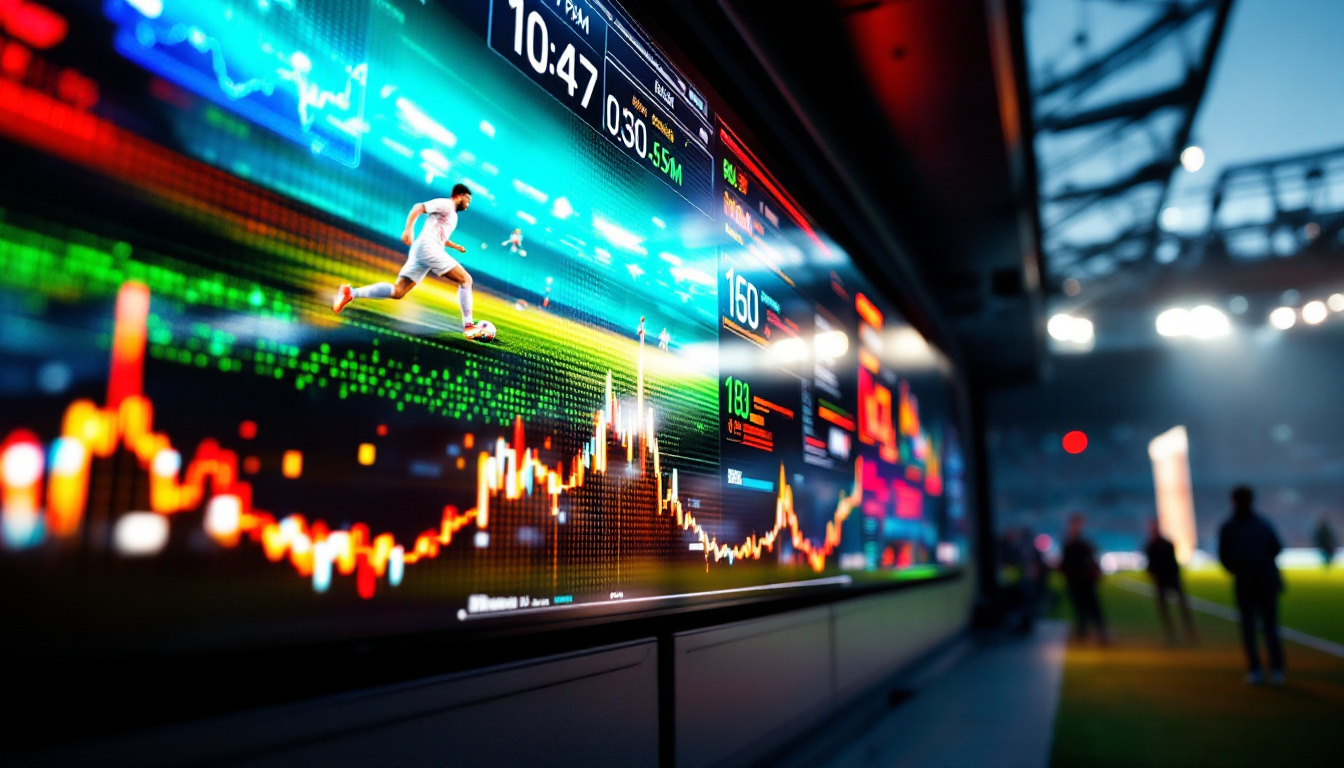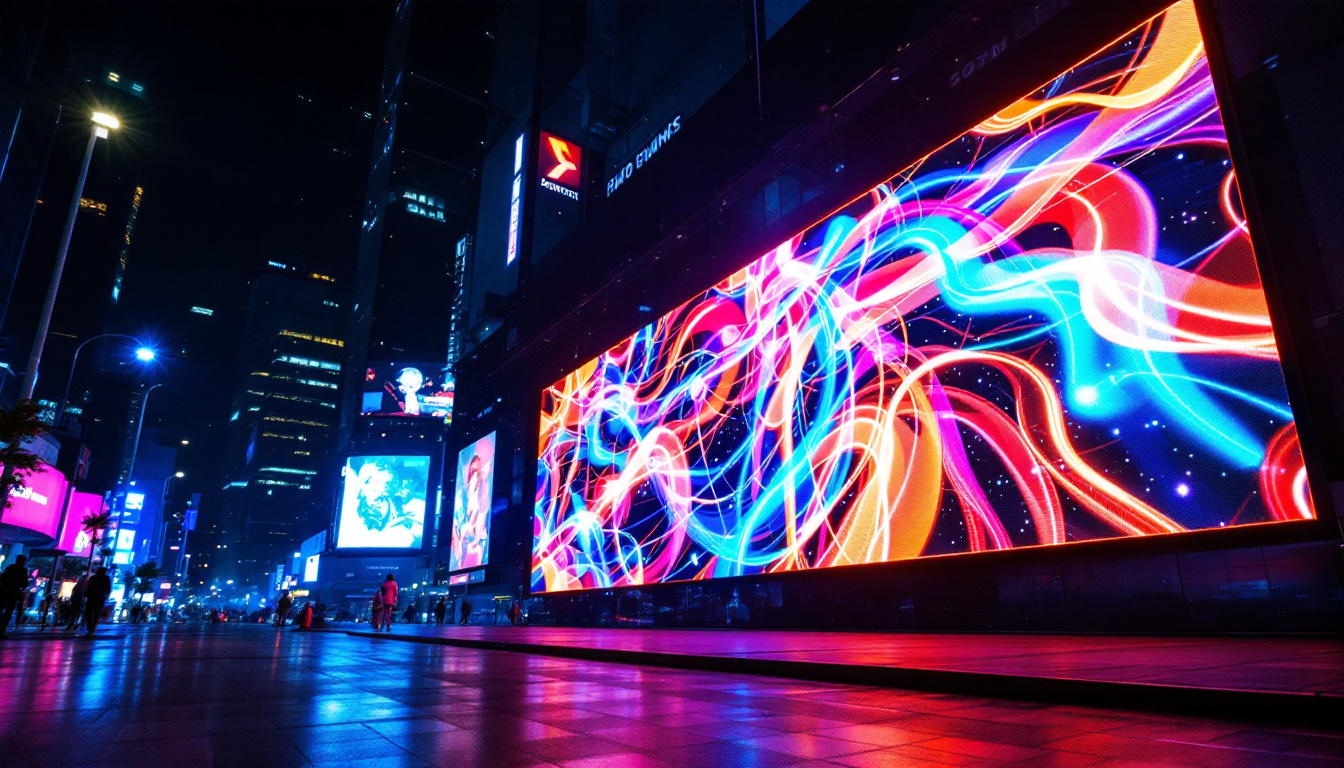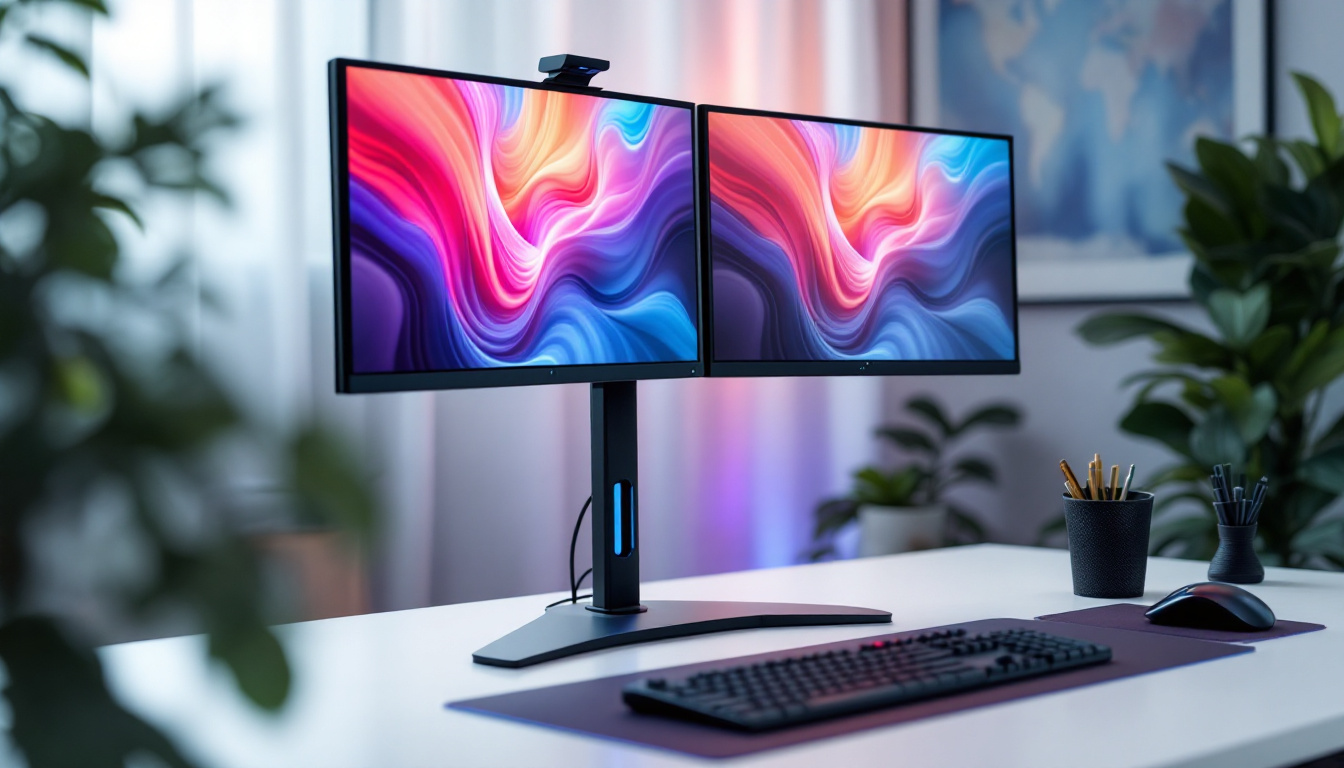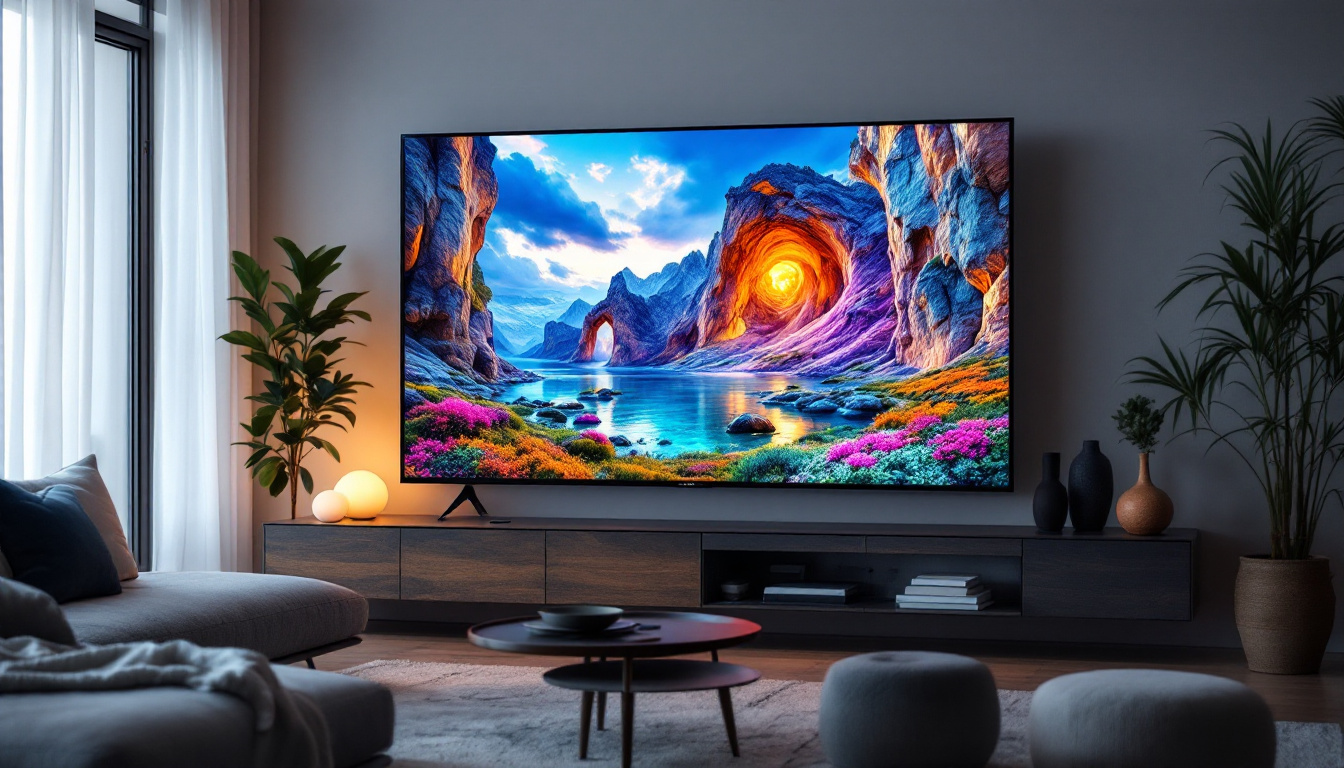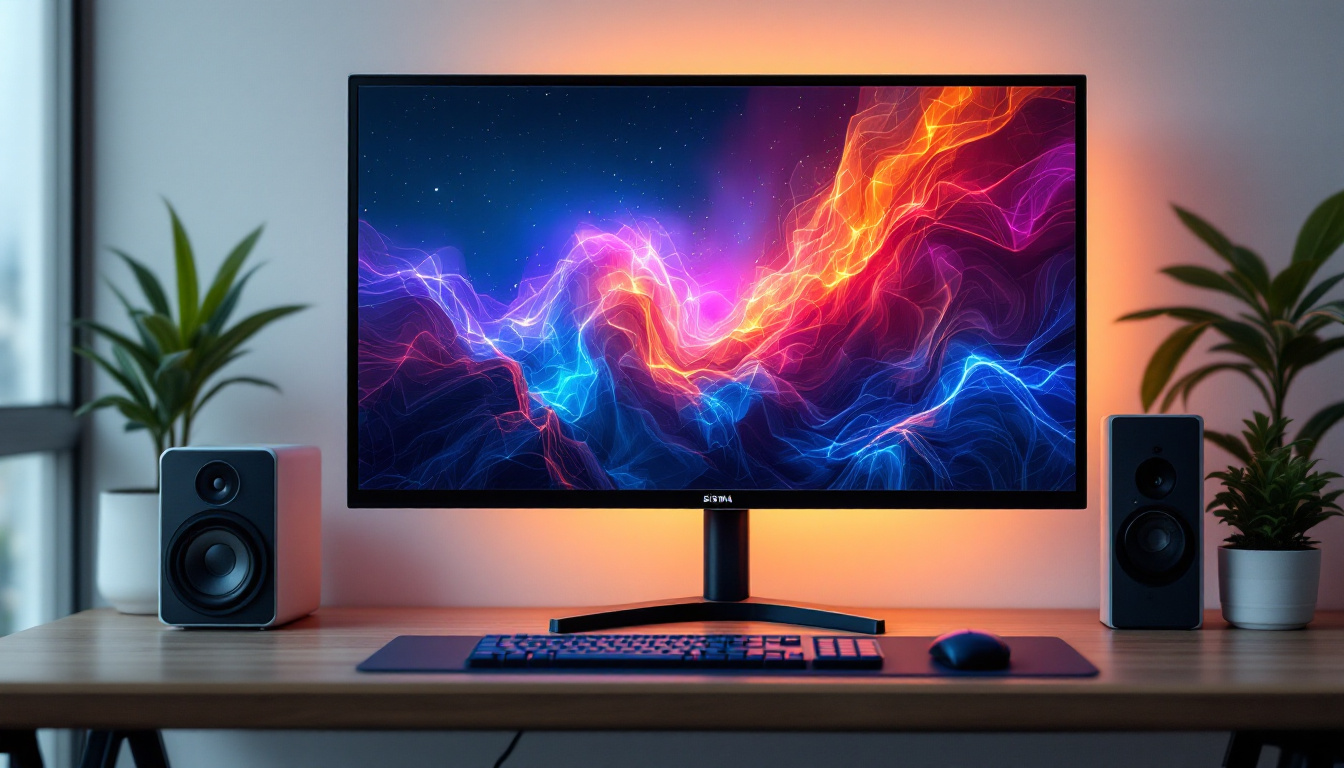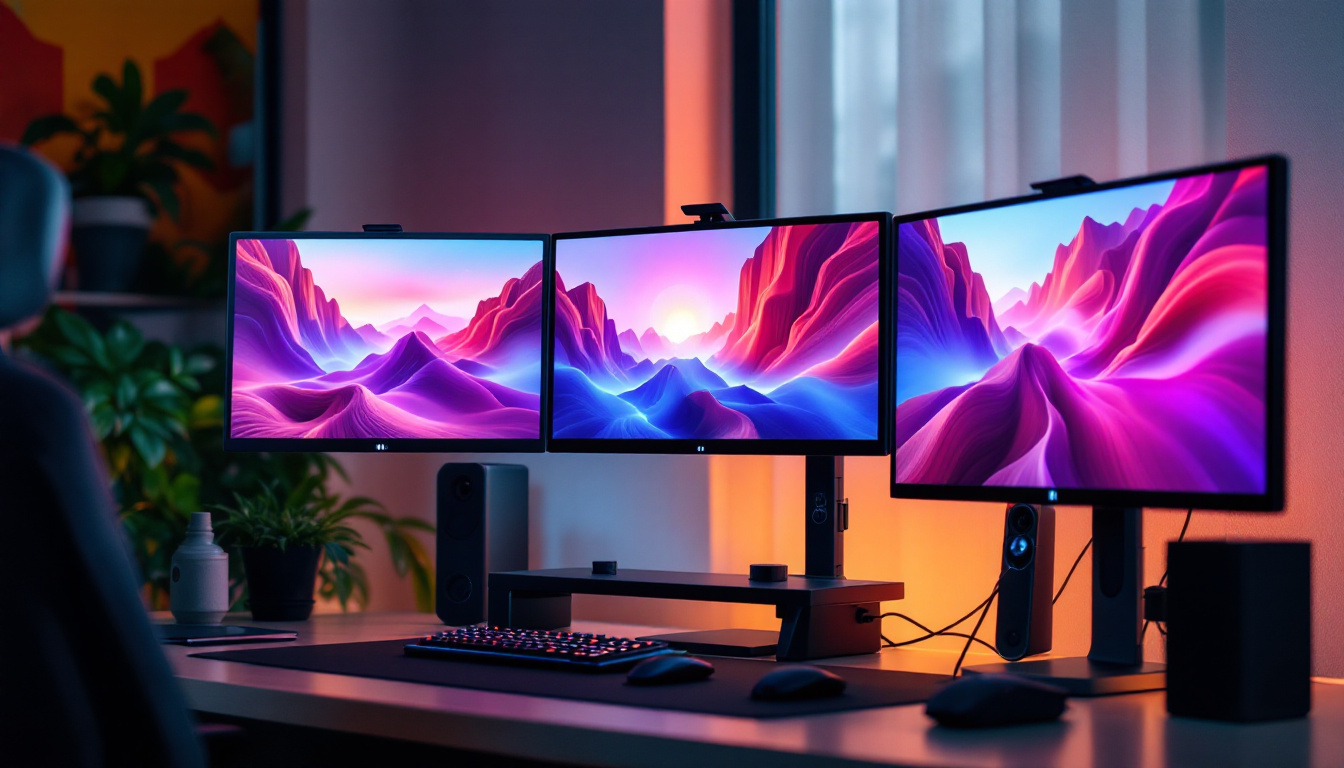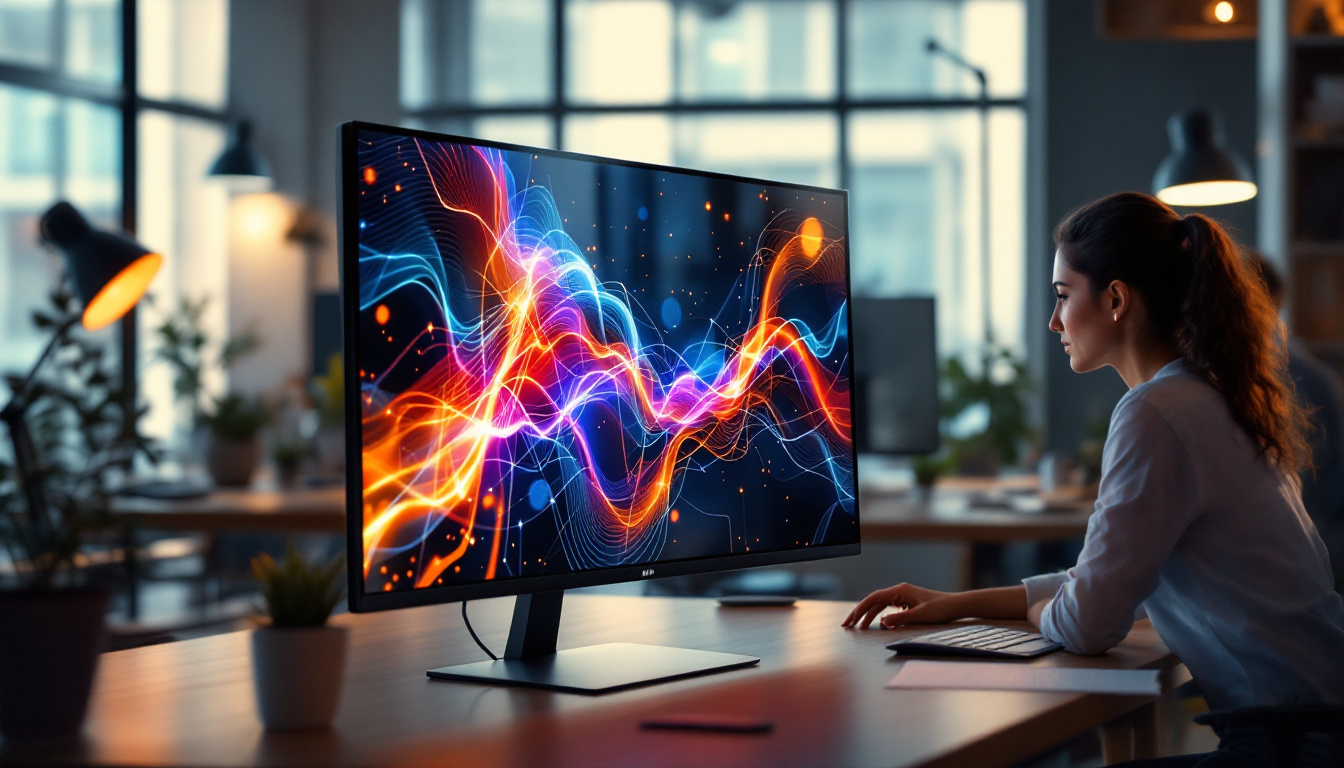In the world of retail, presentation is key. A well-designed shelf display can significantly enhance the shopping experience and drive sales. Among the various options available, LED displays have emerged as a powerful tool for retailers looking to attract attention and convey information effectively. This article delves into the intricacies of LED displays used in shelf displays, exploring their advantages, applications, and best practices for implementation.
Understanding LED Displays
LED, or Light Emitting Diode, displays have revolutionized the way information is presented in retail environments. Unlike traditional signage, LED displays offer dynamic content that can change in real-time, making them a versatile choice for modern retailers. The ability to display high-quality visuals and animations captures the attention of customers, drawing them into stores and enhancing their shopping experience.
What Are LED Displays?
LED displays consist of an array of small light-emitting diodes that work together to create images, videos, and text. These displays can vary in size and resolution, making them suitable for a wide range of applications, from small shelf displays to large advertising boards. The technology behind LED displays allows for vibrant colors and high brightness levels, ensuring visibility even in well-lit environments. Furthermore, the longevity of LED technology means that retailers can invest in displays that will last for years, reducing the need for frequent replacements and maintenance.
How LED Displays Work
The fundamental principle behind LED displays is quite simple. Each pixel on the display is made up of red, green, and blue (RGB) diodes. By adjusting the intensity of each color, a full spectrum of colors can be created. This allows retailers to showcase products in an eye-catching manner, enhancing the overall aesthetic of the display. The precision of LED technology also means that images can be rendered with incredible detail, making it possible for retailers to highlight intricate product features or promotional graphics effectively.
Additionally, LED displays can be controlled remotely, enabling retailers to update content quickly and efficiently. This flexibility is particularly beneficial for promotions, seasonal changes, or new product launches, allowing businesses to keep their displays fresh and relevant. With the integration of smart technology, some LED displays can even analyze customer engagement, adjusting content based on real-time data to optimize viewer interaction and drive sales. This level of adaptability not only enhances marketing strategies but also provides valuable insights into consumer behavior, helping retailers make informed decisions about their advertising efforts.
Advantages of LED Displays in Retail
Integrating LED displays into shelf displays offers numerous advantages that can enhance both the shopping experience and sales performance. Here are some of the key benefits:
Attracting Attention
One of the primary advantages of LED displays is their ability to attract attention. The bright colors and dynamic content can draw customers in from a distance, making them more likely to engage with the products being showcased. In a crowded retail environment, standing out is crucial, and LED displays provide that competitive edge. Moreover, the versatility of LED technology allows for the display of vibrant animations and videos, which can tell a story or convey a brand message more effectively than static images. This dynamic content can create a memorable shopping experience that resonates with customers long after they leave the store.
Enhancing Customer Engagement
LED displays can be used to convey important information about products, such as pricing, features, and promotions. By presenting this information in an engaging format, retailers can enhance customer understanding and interest. Interactive elements, such as touch screens or QR codes, can further deepen engagement, allowing customers to explore products in more detail. Additionally, LED displays can be programmed to change content based on the time of day or specific customer demographics, ensuring that the information presented is always relevant and timely. This level of personalization can significantly increase the likelihood of a purchase, as customers feel more connected to the products being offered.
Cost-Effectiveness and Efficiency
While the initial investment in LED displays may be higher than traditional signage, the long-term benefits often outweigh the costs. LED technology is energy-efficient, leading to lower electricity bills over time. Additionally, the durability of LED displays means less frequent replacements, further reducing costs associated with signage maintenance. Beyond just savings, LED displays can also increase sales through their ability to highlight promotions and new products effectively. Retailers can quickly update content to reflect seasonal sales or limited-time offers, ensuring that customers are always aware of the latest deals. This agility in marketing can lead to increased foot traffic and higher conversion rates, making LED displays a smart investment for any retail space.
Applications of LED Displays in Shelf Displays
LED displays can be employed in various ways within retail environments. Their versatility allows for creative applications that can enhance the overall shopping experience.
Product Promotion
One of the most common uses of LED displays is for product promotion. Retailers can showcase new arrivals, seasonal products, or special offers through eye-catching animations and videos. This not only informs customers about the products but also creates a sense of urgency, encouraging immediate purchases. Additionally, the dynamic nature of LED displays can attract customers’ attention from a distance, making them more likely to approach and engage with the displayed items. The use of vibrant colors and high-definition visuals can significantly elevate the perceived value of the products being promoted, making them more enticing to potential buyers.
Informational Displays
In addition to promotions, LED displays can serve as informational tools. Retailers can use them to provide details about product benefits, usage instructions, or even customer testimonials. By delivering this information in a visually appealing manner, retailers can enhance customer trust and satisfaction. Furthermore, these displays can be easily updated to reflect changes in inventory or to highlight new features, ensuring that customers always have access to the most current information. This adaptability not only keeps the content fresh but also allows retailers to respond quickly to market trends or customer feedback, ultimately improving the shopping experience.
Interactive Experiences
With advancements in technology, LED displays can also facilitate interactive experiences. For instance, retailers can incorporate touch screens that allow customers to browse through product catalogs or access additional information. This not only engages customers but also encourages them to spend more time in the store, increasing the likelihood of a purchase. Moreover, interactive displays can be programmed to offer personalized recommendations based on customer preferences or previous purchases, creating a tailored shopping experience that resonates with individual shoppers. These features can transform a simple shopping trip into an engaging and memorable journey, fostering brand loyalty and encouraging repeat visits.
Visual Merchandising Enhancements
Beyond promotions and information, LED displays can significantly enhance visual merchandising strategies. By integrating LED screens into shelf displays, retailers can create a cohesive and immersive shopping environment that captivates customers. For example, a shelf dedicated to health and wellness products might feature a looping video of healthy recipes or fitness tips, enticing customers to explore the related items on display. This synergy between visual content and product placement can lead to increased cross-selling opportunities, as customers become more aware of complementary products they may not have considered otherwise. Additionally, the ability to change the content on LED displays frequently allows retailers to keep their merchandising fresh and relevant, adapting to seasonal trends or special events seamlessly.
Best Practices for Implementing LED Displays
To maximize the effectiveness of LED displays in shelf displays, retailers should consider several best practices. These strategies can help ensure that the displays achieve their intended goals.
Strategic Placement
The placement of LED displays is critical to their success. Retailers should position displays at eye level and in high-traffic areas to maximize visibility. Additionally, placing displays near related products can create a cohesive shopping experience, encouraging customers to explore complementary items.
Content Optimization
Content is king when it comes to LED displays. Retailers should focus on creating clear, concise, and visually appealing content that resonates with their target audience. Utilizing high-quality images and videos, along with compelling messaging, can significantly enhance the impact of the display.
Regular Updates and Maintenance
To keep the content fresh and engaging, retailers should regularly update the information displayed on their LED screens. This can include rotating promotions, seasonal themes, or new product launches. Additionally, routine maintenance is essential to ensure that the displays function correctly and maintain their visual appeal.
Challenges and Considerations
While LED displays offer numerous benefits, there are also challenges and considerations that retailers should be aware of before implementation.
Initial Investment Costs
The upfront costs associated with purchasing and installing LED displays can be significant. Retailers must weigh these costs against the potential benefits and return on investment. Conducting a thorough cost-benefit analysis can help determine whether LED displays are the right choice for a particular retail environment.
Technical Expertise
Implementing LED displays may require technical expertise, particularly when it comes to installation and content management. Retailers may need to invest in training staff or hiring external professionals to ensure that the displays are set up correctly and maintained over time.
Content Management
Managing the content displayed on LED screens can be a time-consuming task. Retailers need to establish a system for regularly updating and optimizing content to keep it relevant and engaging. This may involve designating staff members responsible for content management or utilizing software solutions that streamline the process.
The Future of LED Displays in Retail
As technology continues to evolve, the future of LED displays in retail looks promising. Innovations in display technology, such as flexible screens and augmented reality integration, are set to enhance the capabilities of LED displays even further.
Integration with Smart Technology
With the rise of smart technology, LED displays are likely to become even more interactive and personalized. Retailers may leverage data analytics to tailor content based on customer preferences and behaviors, creating a more personalized shopping experience.
Enhanced Visual Experiences
Future advancements may also lead to enhanced visual experiences, such as 3D displays or holographic presentations. These innovations could further captivate customers and transform the way products are showcased in retail environments.
Sustainability Considerations
As sustainability becomes a growing concern for consumers, the development of eco-friendly LED displays is on the horizon. Retailers may increasingly seek out energy-efficient options that minimize environmental impact while still delivering high-quality visual experiences.
Conclusion
LED displays have transformed the landscape of retail shelf displays, offering a dynamic and engaging way to present products and information. With their ability to attract attention, enhance customer engagement, and provide cost-effective solutions, LED displays are becoming an essential tool for retailers looking to elevate their in-store experience.
By understanding the advantages, applications, and best practices associated with LED displays, retailers can harness this technology to create compelling shelf displays that not only capture customer interest but also drive sales. As technology continues to advance, the potential for LED displays in retail is boundless, paving the way for innovative and interactive shopping experiences in the future.
Illuminate Your Retail Space with LumenMatrix
Ready to transform your shelf displays and captivate your customers like never before? Discover the innovative world of LumenMatrix LED display solutions. From vibrant Indoor LED Walls to eye-catching Outdoor Displays, and from versatile Vehicle LED Displays to engaging LED Sports Displays, LumenMatrix offers a wide array of options to bring your retail environment to life. Elevate your brand’s visibility and create unforgettable visual experiences with our state-of-the-art LED technology. Check out LumenMatrix LED Display Solutions today and start revolutionizing your visual communication.

